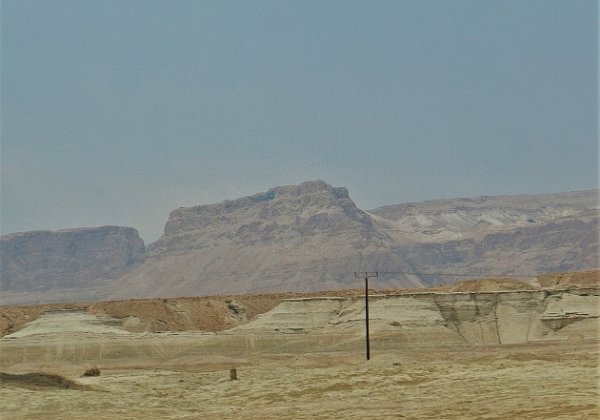
Masada
In 66 AD the Sicarii, an extremist Jewish splinter group, overcame the Roman garrison of Masada. After the destruction of the Second Temple in 70 AD, additional members of the Sicarii fled Jerusalem and settled on the mountaintop. In 73 AD, the Roman governor of Iudaea (Latin form of Judea) , Lucius Flavius Silva, headed the Roman legion X Fretensis and laid siege to Masada. The Roman legion surrounded Masada, built a circumvallation wall and then a siege ramp against the western face of the plateau.According to Josephus, when Roman troops entered the fortress, they discovered that its defendants had set all the buildings but the food storerooms ablaze and committed mass suicide or killed each other, 960 men, women, and children in total